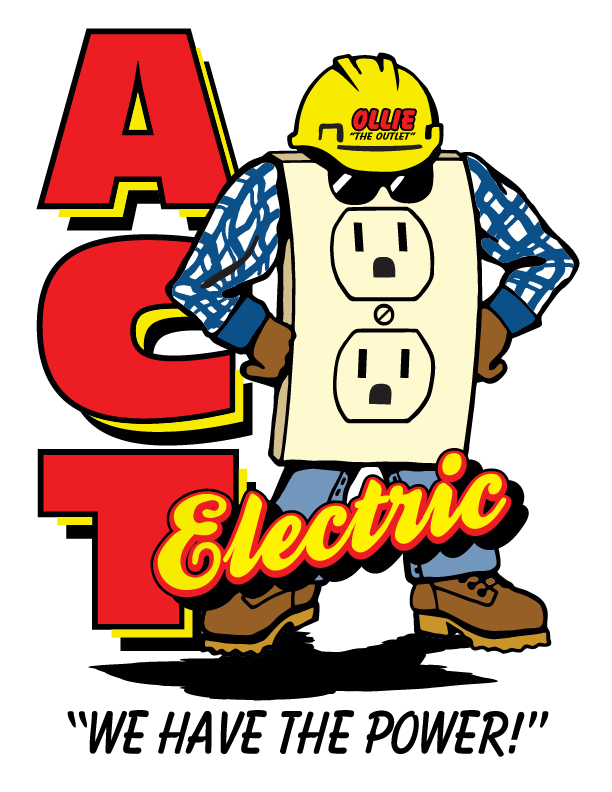Troubleshooting Electrical Circuit Breaker Issues
Circuit overload occurs when one exceeds the load capacity of a circuit
The circuit breaker is the hub of all electrics in a building. When it trips, it could be due to any number of reasons. The key is knowing how to troubleshoot effectively. Here are some key faults and the initial steps to address issues that arise:
Types of faults
While many issues can cause a circuit breaker to trip, one can roughly group them into three fault categories: circuit overload, short circuits, and ground faults.
Circuit overload occurs when one exceeds the load capacity of a circuit. Most circuits can handle a current of between 15 and 20 amps. A 20- to 40-amp circuit is needed for larger appliances, like washing machines. If this current (written on each circuit) is exceeded by demand (with too many appliances in one circuit, for example), the breaker will trip.
Short circuits frequently occur with older or damaged wiring. If two or more loose or hot wires touch, an overcurrent is generated that exceeds the circuit's capacity, causing the breaker to trip.
This fault is considerably more dangerous than a circuit overload. Check all the wiring for faults, and inspect any appliances for possible malfunction. An outlet tester may be necessary if the problem lies inside the walls. In any case, it's highly recommended to use a professional electrician before trying to handle any hot or damaged wires personally.
Finally, there is the ground fault. Grounding is essential for reducing shock hazards, and ground fault circuit interrupters (GFCI) help stop ground faults by cutting circuit power. Electricity entering the ground may cause a power surge that causes the circuit breaker to trip to prevent appliance damage. This problem can also be attributed to old wiring, faulty GFCIs, and water leaks.
Like short circuits, repeated ground faults are best left to an electrician. While GFCIs are easy to install, getting professional help is better.
Troubleshooting steps
When faced with a tripped circuit breaker, there are some steps a professional will follow. They will:
Open the electrical panel and identify the tripped circuit, then try to turn it back on again.
Unplug appliances connected to the circuit, starting with those with the biggest draw.
Inspect the appliance itself for electrical faults and broken wiring.
Inspect any external wiring if there are flickering lights.
Listen to the circuit breaker for a humming noise when turned on. This could indicate a circuit overload that has failed to trip the breaker. The circuit or the circuit breaker may need to be replaced.
Check for any popping sound or sparking. This will indicate the problem is serious and will need immediate attention. The entire panel may need to be replaced.
After each step, turn the circuit breaker on again to test it.
Always contact a certified electrician to address electrical circuit breaker problems.
ACT Electric is a full-service residential and commercial electrical contractor company specializing in electrical installation, repairs, and upgrades, electrical troubleshooting, electrical remodeling, electrical home inspection, and electrical retrofitting. We always prioritize customer comfort and safety. Give us a call at (480) 986-1722 today!

